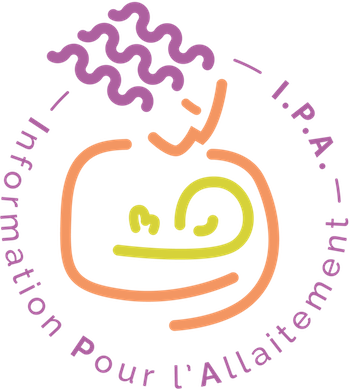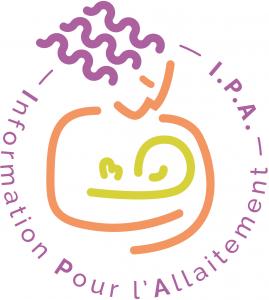Catégories
 > Physiologie > Physiologie nutrition > Composition du lait > Composition du lait maternel > Physiologie > Physiologie nutrition > Composition du lait > Composition du lait maternel
Composition du lait maternel |
Documents disponibles dans cette catégorie (192)
Ajouter le résultat dans votre panier Faire une suggestion Affiner la recherche
Bulletin : texte imprimé
Les Dossiers de l'Allaitement, n°155 - Février 2020
La Leche league France, Auteur | 2020SOMMAIRE Cas cliniques p.1 Troubles musculo-squelettiques à l’origine de problèmes d’allaitement douloureux p.1 Suspicion de sévère entérocolite induite par les protéines du lait de vache excrétées dans le lait maternel 2 Tissu mammaire a[...]Bulletin : texte imprimé
Les Dossiers de l'Allaitement, n°156 - Mars 2020
La Leche league France, Auteur | 2020SOMMAIRE : Cas cliniques 1 Lactation induite et allaitement partagé dans un couple de femmes 1 Gérer l’allaitement chez les femmes qui présentent un cancer du sein 2 Allergie aux protéines du lait de vache du produit d’enrichissement du la[...]Bulletin : texte imprimé
Les Dossiers de l'Allaitement, n°157 - Avril 2020
La Leche league France, Auteur | 2020SOMMAIRE : Cas cliniques 1 Allaitement par une mère ayant des antécédents de maladie de Basedow 1 Allaitement avant et après une lésion médullaire ayant induit une tétraplégie 2 Candidose mammaire 3 Traitement d’une fistule lactée avec pr[...]Bulletin : texte imprimé
Les Dossiers de l'Allaitement, n°158 - Mai 2020
La Leche league France, Auteur | 2020SOMMAIRE : Cas cliniques Problèmes de déglutition chez les bébés allaités Traitement d’une sinusite avec du lait humain chez une patiente souffrant d’un lymphome Le dossier du mois Lait humain et chrononutrition : implication pour la s[...]Bulletin : texte imprimé
Les Dossiers de l'Allaitement, n°159 - Juin 2020
La Leche league France, Auteur | 2020SOMMAIRE : Cas cliniques Ablation d’implants mammaires chez une mère allaitante 1 Détection du virus de la fièvre jaune dans le lait maternel 2 Allaitement d’un bébé de petit poids de naissance par une mère ayant présenté un diabète gestat[...]Bulletin : texte imprimé
Les Dossiers de l'Allaitement, n°154 - Janvier 2020
La Leche league France, Auteur | 2020SOMMAIRE Cas cliniques p.1 Allaitement du bébé souffrant de diabète de type 1 p.1 Absence de transmission du virus Zika chez un enfant allaité p.3 Traitement d’un psoriasis chez une femme pendant la grossesse et l’allaitement p.4 Le dossi[...]Bulletin : texte imprimé
Les Dossiers de l'Allaitement, n°160 - Juillet 2020
La Leche league France, Auteur | 2020Article : texte imprimé
Diana Miller, Auteur ; Leena Mamilly, Auteur ; Shannon Fourtner, Auteur |Summary of the Recommendations 1. Breastfeeding is the optimal form of infant nutrition for infants and it should be promoted as such by healthcare providers for infants with diabetes. 2. When calculation of carbohydrate intake[...]texte imprimé
Cécile Galinou, Auteur | 1998"Cette revue bibliographique comporte deux parties. 1. Une synthèse des connaissances actuelles sur la composition du lait maternel, ses qualités biologiques particulières, ses propriétés nutritionnelles et immunologiques. Le lait maternel se ca[...]Article : texte imprimé
Article : texte imprimé
Mika Rochman, Auteur ; Laurence Mangel, Auteur ; Dror Mandel, Auteur |Background: Aluminum exposure may originate from numerous sources, including antiperspirants. Aluminum toxicity can cause a wide range of neurological impairments. Infants are exposed to aluminum through human milk (HM), formulas, total-parenter[...]Article : texte imprimé
Maria Celestina Bonzanini Grazziotin, Auteur ; Ana Laura Grazziotin, Auteur ; Newton Medeiros Vidal, Auteur |Background: Milk safety is an important concern in neonatal units and human milk banks. Therefore, evidence-based recommendations regarding raw milk handling and storage are needed to safely promote supplying hospitalized infants with their mot[...]











